Can our walls make space for our dissent?

The swearing in of the interim government on August 8 opened a new chapter for us, one that is hopefully free of the angst, terror, and frustration that shaped the Bangladeshi experience this past decade. Take a walk through our streets, though, and you'll see remnants of a violent past on nearly every surface. I want to make space for these words in my article: "Why did our brothers and children have to die?" they ask. "Sheikh Hasina is a killer and a dictator," they say. "Don't let the vulture queen stop us," they say. I wonder if we're being too quick to erase these marks.
The walls of our streets have long been one of the truest aspects of our public existence. I instinctively think of Dhaka when I say this, because it is the city I call home, but the same can be said of walls across the country. You'll see election posters plastered over ads for English and Quran tutors, painted over warnings not to paste on those walls, smeared with spray painted slang and declarations of love. If ever a metaphor existed for life in Bangladesh, it would be these walls, which represent the volume and chaos of thousands of people jostling for ever-shrinking space. They speak to how the assertions of empowered groups, and the complaints and desires of repressed classes and genders, layer onto each other, sometimes silencing each other.
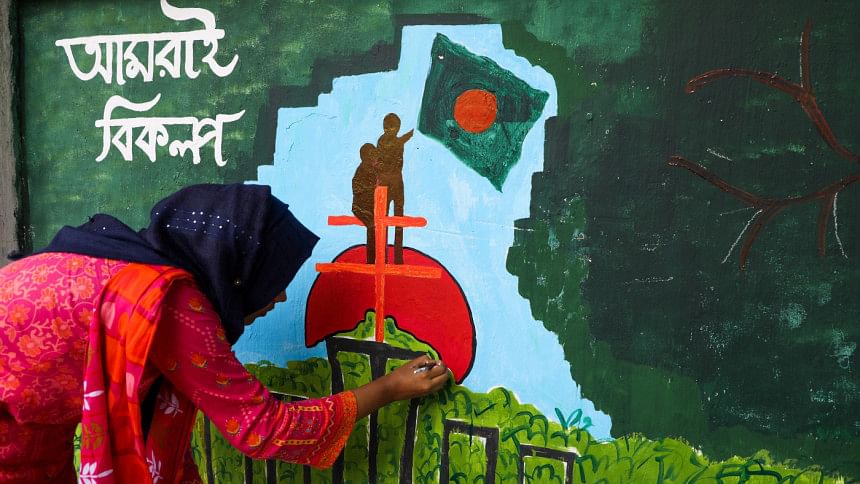
The "smarter" Bangladesh became in recent years, the more digitally-reliant our communication channels became. The more populated and developed we grew, the more corrupt and repressed we became. How easy it was for the former government to curb any expressions of dissent against power structures—which were nearly always linked to the government—with the Digital Security Act that came into effect in 2018. How easily we left behind the days in which artists could hold power accountable through satire, writers and publishers could print nuanced accounts of history, and journalists could actually do their job. Even complaining in social gatherings posed risks, lest the wrong person with the right affiliations hear you. These inbuilt systems of censorship have always applied most harshly to ethnic minorities, gender minorities, and working classes who are most strongly harassed by corruption, violence, and discrimination.
The dystopia of it all still blows my mind when I find myself describing it, even though we've lived it for so long. Through it all, nameless, faceless graffiti was perhaps the safest (and most satisfying) way to express rage at life in Bangladesh. The writing on our walls expresses some of the truest things we've felt.
Even then, the graffiti that came out of July's student protests ruptured through any semblance of fear or self-censorship that we might have practiced before. The cityscape changes as I make my way from my home in North Dhaka to the heart of Dhaka University (DU)—disparities of class, culture and institutional interests become apparent—but never before have I seen such consistency of sentiment on city walls as I make this journey now. They all say the same thing: that the autocratic regime of Sheikh Hasina must go down, that we have nine demands and then just one, that the people will not back down, she will have to step down, that July is our month of mourning, and we will remember all the martyrs who were ruthlessly killed for demanding basic human rights. If some of these spray-painted messages contain lewd language and violent hate, that, too, is a never-before-seen reflection of exactly what Bangladeshis have been feeling: grief and absolute rage.
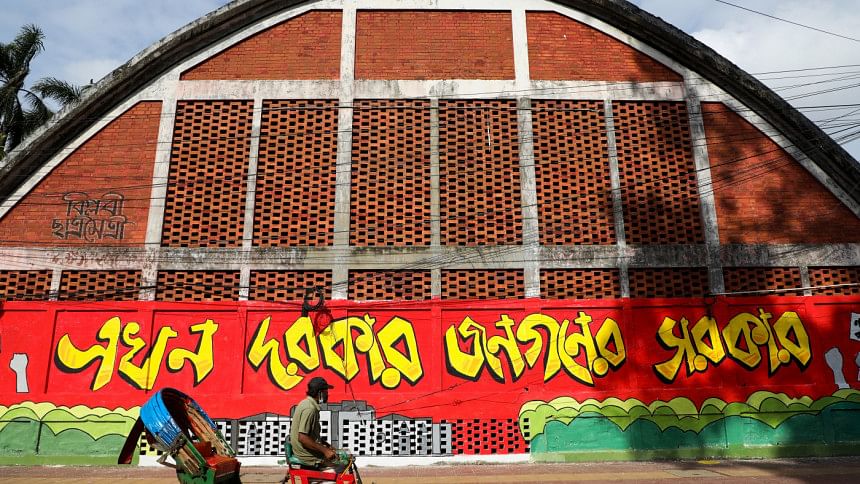
Amidst the internet blackout that silenced real time dispatches, the sanitised curation of news on several TV channels, and the slowness of the print cycle that our newspapers have had to contend with, it is the protest graffiti that has been most raw and unfiltered. Not only do they present the anti-discrimination protests as they unfolded in real time, they also display an irony that may only be called nature's balancing act. Today, the development projects that Sheikh Hasina's government used as mascots of their contribution to Bangladesh have words sprayed onto them that call her a murderer.
Recent news showed beautiful, vibrant artwork that many students are painting onto walls in Dhanmondi and the DU campus. These newer paintings present a distinctly different tone from the protest graffiti. The former comprised spray painted scrawls—the spikes and messiness of the script, the anger and lewdness of their phrasing speak to the chaos, fear, and wrath felt by protesters while they were being persecuted by the police and the government. The graffiti being created now paints entire scenes on walls—blocks of defiant red, beaming yellow and blue, slogans that call for a new, secular Bangladesh, others that memorialise the toppling of a "fascist" regime. They depict hope and initiative for the future.
I spoke to some (notably, not all) of the students volunteering for this, and it is their sentiment that the slogans of the protest should stay, but the profanities don't belong in areas where little kids and older parents can read them. Some of them want to move on from the violence but remember the courage and sacrifice that made it possible. Others want to take responsibility for undoing the hatred they imprinted onto public spaces, along the same veins as cleaning the streets on which the chaos of their protests took place. A few were careful to paint over pre-existing, politically disruptive or divisive messages, while painting around slogans that call for freedom and equality. All these impulses, their visions, deserve space.
Can we allow both these rhetorics to exist? The interim government has just sworn in, and we are yet to see what the ashes of this past month will rest into. Peace is still a distant promise: ethnic and religious minorities are being attacked, houses are being looted across neighbourhoods, law and order aren't fully operating yet.
In a video recording broadcasted on Thursday, Sajeeb Wajed Joy declared that Sheikh Hasina will come back to Bangladesh when we hold the next elections, and we don't yet know what that election will bring. Bangladesh is on shaky ground—with hope we call it transition, with trepidation we call it purgatory. The over 400 deaths, 10,000+ arrests, the communications blackouts and police shootings aren't yet a distant memory, they are very fresh wounds.
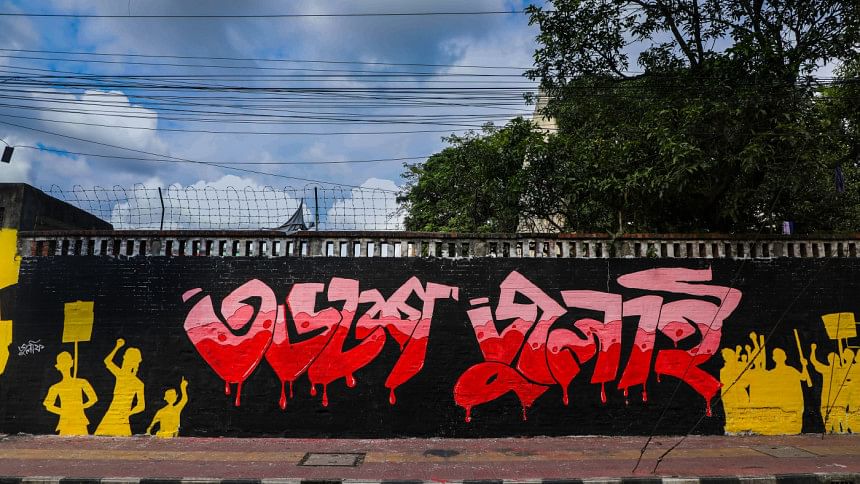
I believe that the courage and defiance that shaped the protests—which are spelled out in the protest graffiti—should stay in our environments still. How people felt while writing those words should be present still, for as long as we need to channel those feelings into motivation for a free, safe country for all its people. We need them at least until the problems they speak to have been addressed, and even after that, they should be preserved as reminders of a momentous, necessary revolution. In a museum (which, as we've seen, aren't invincible), relics of revolution become distant. On our streets, they stay on as signs of what a population is capable of.
If we are trying to build a Bangladesh where free speech prevails, a country that we can shape as we wish, its most nuanced version would be a collage and a palimpsest of angry, precocious, ambitious revolution coexisting with calls for peace and growth. That is Bangladesh's reality.
Sarah Anjum Bari is a writer and editor pursuing an MFA in Nonfiction Writing at the University of Iowa, where also teaches literary publishing.
Views expressed in this article are the author's own.
Follow The Daily Star Opinion on Facebook for the latest opinions, commentaries and analyses by experts and professionals. To contribute your article or letter to The Daily Star Opinion, see our guidelines for submission.

 For all latest news, follow The Daily Star's Google News channel.
For all latest news, follow The Daily Star's Google News channel. 


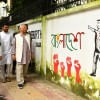
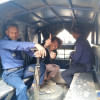
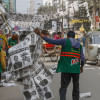


Comments